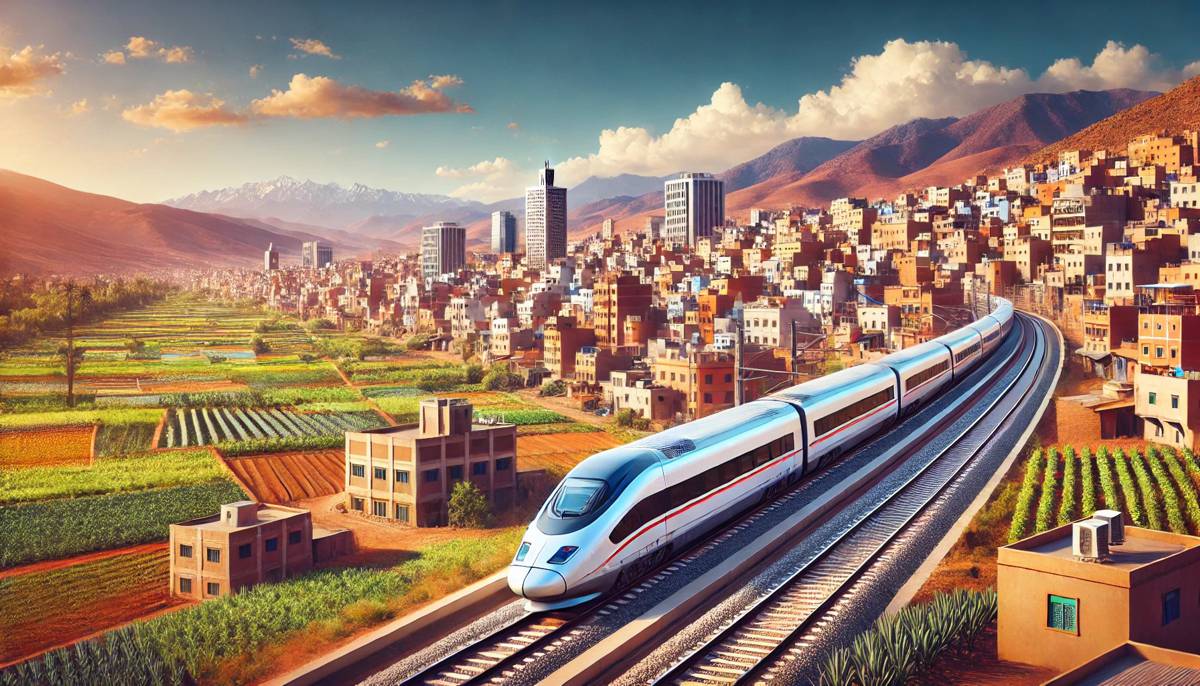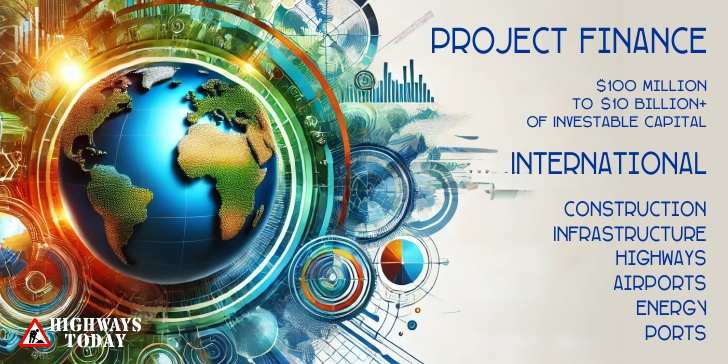Morocco’s Bold Vision for High-Speed Rail
In a sweeping push towards modernising its infrastructure, Morocco is accelerating its Kenitra-Marrakech high-speed rail project, with significant new contracts awarded for civil works along this ambitious route. Spearheaded by Morocco’s National Office of Railways (ONCF), the high-speed rail line promises to transform connectivity across some of the country’s most vital urban centres.
In recent developments, ONCF granted two major civil engineering contracts totaling $600 million to expand and refine the project. This boost not only marks another milestone for the high-speed rail ambitions in Morocco but also signals increased foreign investment and expertise in the region’s infrastructure.
Phase 2, stretching 64 kilometres from Rabat to Zenata, will be handled by China’s Shandong Hi-Speed Group Co. Meanwhile, local contractor Travaux Généraux de Construction de Casablanca will manage Phase 4, a 51-kilometre segment.
These newly awarded contracts underscore Morocco’s commitment to realising this high-speed line in time for the 2030 World Cup.
Strategic Collaborations and Expanding Global Partnerships
The Moroccan high-speed rail initiative continues to draw top global players. With contractors from China and French engineering support, Morocco is clearly determined to tap into the best expertise worldwide.
French firms Egis and Systra, in collaboration with Morocco’s own engineering company Novec, are overseeing the project’s management. These experienced partners bring considerable knowledge, having previously led infrastructure projects across Europe and Asia. Working together, they aim to integrate the line’s complex urban design with innovative engineering to meet ONCF’s stringent requirements for high-speed rail safety and reliability.
This multinational approach demonstrates Morocco’s strategic partnerships as it tackles its infrastructural challenges. Additionally, by involving Chinese and local Moroccan contractors, the project aligns with Morocco’s economic goals—supporting both foreign investment and local businesses in construction.
Project Scope and Station Modernisation
The Kenitra-Marrakech line represents more than just a new rail route; it’s part of a broader vision to rejuvenate rail travel across Morocco. As part of the project, ONCF will not only lay the new high-speed track but also refurbish numerous stations along the route. This includes key hubs in Rabat, Salé, and Casablanca, with planned upgrades to enhance passenger flow, accessibility, and overall aesthetic appeal.
For passengers, this modernisation means more comfortable and efficient stations that reflect the dynamism of Morocco’s rapidly evolving cities. Terminals will be strategically located, including two major stations at each end of the route, with additional facilities, such as a state-of-the-art maintenance workshop, to ensure the high-speed line’s operational longevity. By integrating these features, ONCF aims to make Moroccan rail not only a convenient mode of transportation but also a symbol of national pride.
Revolutionising Moroccan Rail
A primary goal of the Kenitra-Marrakech high-speed line is to drastically cut travel times between the northern and southern parts of Morocco. Once completed, trains will be capable of speeds reaching 320 km/h, slashing travel durations between the major urban centres.
This line’s significance extends beyond Morocco’s borders; it places Morocco at the forefront of high-speed rail technology in Africa. By investing in cutting-edge rail infrastructure, Morocco hopes to attract further international business, boost tourism, and strengthen intercity connections. The project is a keystone in the government’s long-term infrastructure vision and dovetails with its goal to position Morocco as a gateway between Europe and Africa.
Major Phases and Key Contractors
This high-speed project is divided into several key phases, with each contractor tackling a specific segment of the route. Here’s a quick breakdown of the recent awards:
- Phase 2 (64 km from Rabat to Zenata): Awarded to Shandong Hi-Speed Group Co. with a contract value of $410 million. This Chinese infrastructure giant is known for its expertise in large-scale rail projects, ensuring that this section is developed with the latest engineering solutions.
- Phase 4 (51 km stretch): Managed by Travaux Généraux de Construction de Casablanca, valued at $205 million. This Moroccan firm is set to bring local knowledge and technical skill to the table, supporting ONCF’s high standards for quality.
Earlier, China Railway Number 4 had already secured the contract for Phase 1, underscoring the significant Chinese involvement in this landmark project. With such seasoned players on board, each phase is expected to progress smoothly, keeping the project timeline on track for the anticipated completion.
Global Impact and Economic Potential
The Kenitra-Marrakech high-speed rail line is more than a domestic improvement; it’s a symbol of Morocco’s infrastructural ambition and economic foresight. By bolstering its rail capacity, Morocco is likely to experience substantial economic uplift through enhanced trade, tourism, and job creation. The increased rail traffic should stimulate development in adjacent industries, including hospitality, retail, and real estate, around the newly modernised stations.
This infrastructural boost also benefits Morocco’s image as a progressive nation ready to take on global challenges. For investors and businesses eyeing the African continent, the high-speed rail network signals Morocco’s commitment to facilitating easier, faster, and safer movement of goods and people across regions.
Technology and Environmental Initiatives
The project is designed not only to be a marvel of speed and connectivity but also to align with modern environmental standards. In keeping with Morocco’s sustainability goals, ONCF has sought to incorporate eco-friendly technologies and materials into the construction and operation of the line. High-speed rail, by its nature, reduces greenhouse gas emissions compared to cars and airplanes, and with Morocco’s clean energy initiatives underway, the network will likely rely on a mix of solar and other renewable energy sources.
In the long term, this rail line could reduce congestion and pollution in Morocco’s bustling urban centres. By offering a more sustainable alternative to car travel, ONCF aims to encourage eco-conscious mobility, making rail travel an attractive option for both locals and tourists.
A Vision for the Future
With the 2030 World Cup on the horizon, Morocco’s high-speed rail line promises to be a central asset in accommodating the expected influx of visitors. This landmark event presents a unique opportunity for Morocco to showcase its infrastructural advancements to a global audience, strengthening its reputation as a forward-thinking and dynamic nation. The Kenitra-Marrakech line is a significant part of this vision, paving the way for future development and attracting investment into Morocco’s transport and tourism sectors.
The Kenitra-Marrakech high-speed rail project, then, is more than just a transportation upgrade; it’s a testament to Morocco’s determination to innovate and grow. With international support, strategic planning, and a clear vision, Morocco is racing towards a future where efficient, sustainable rail travel is a cornerstone of national pride and prosperity.





















